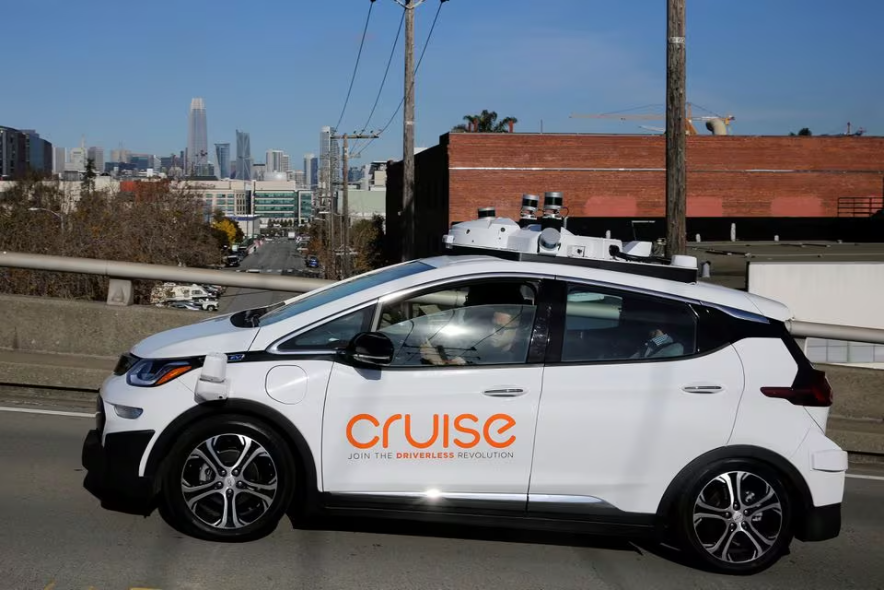
©REUTERS/Elijah Nouvelage
Vocabulary:
- reliant /ri-LAHY-uhnt/
- hinder /HIN-der/
- enhanced /uhn-HANST/
- implication /im-pli-KEY-shuhn/
- revenue /REV-uhn-yoo/
[adjective] – needing a particular thing or person in order to continue, to work correctly, or to succeed
The smartphone industry is reliant on technological advancements to introduce innovative features in new models.
[verb] – to limit the ability of someone to do something, or to limit the development of something
The heavy rainfall hindered our progress during the outdoor construction work.
[adjective] – better than before
The new software offers enhanced functionality, providing users with a better experience than before.
[noun] – the effect that an action or decision will have on something else in the future
The implications of this policy change on the economy are uncertain, and experts are analyzing its potential effects on various sectors.
[noun] – the income that a government or company receives regularly
The company’s annual revenue increased significantly after the successful launch of its new product line.
Article reading:
The departure of CEO Kyle Vogt and chief product officer Daniel Kan in response to the situation reflects the impact of this setback on an industry heavily reliant on public confidence and regulatory cooperation. Cruise’s ambitious plans to extend services to multiple cities, offering fully autonomous taxi rides, have been hindered. In its effort to rebuild trust, Cruise plans to initially reinstate operations in a single city, prioritizing enhanced safety measures. The company aims to demonstrate its capabilities in one location before considering further expansion. Cruise will emphasize the Cruise AVs based on the Bolt in the immediate future, with a long-term vision focused on the Origin, a multi-passenger vehicle designed without human-operated controls. During the operational pause, Cruise announced a reduction in its workforce, particularly in non-engineering roles. Additionally, the company intends to provide detailed information in the near future without specifying the exact timeline. GM’s finance chief Paul Jacobson is expected to discuss the financial implications during an upcoming analyst conference. Meanwhile, GM’s CEO Mary Barra, previously optimistic about Cruise’s revenue potential, faces challenges reflected in the company’s financial losses and market fluctuations, impacting GM’s shares and raising investor concerns.
Discussion Questions:
- Have you ever used or been in an autonomous vehicle? If yes, how would you describe your experience and level of trust in the technology? If not, what expectations or reservations do you hold about utilizing self-driving cars in the future?
- Have you ever had an experience where technological advancements faced setbacks or challenges? If yes, how did these obstacles affect your perception of technological progress and its implementation? If not, what potential obstacles do you foresee in the development and deployment of advanced technologies in today’s society?
- Do you believe that public confidence and regulatory cooperation are essential factors for the successful deployment of autonomous vehicles in society?
- How might the recent setbacks faced by Cruise impact the future adoption and regulation of autonomous vehicles within the transportation industry?
- Considering the CEO and chief product officer stepping down following the incident, what role does leadership accountability play in restoring public trust in autonomous vehicle technology and its safe deployment?
Summarization
Describe:
- restriction
- resume
- setback
- workforce
- multiple